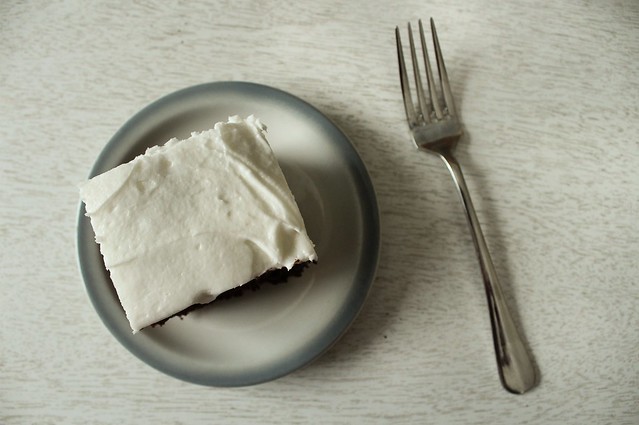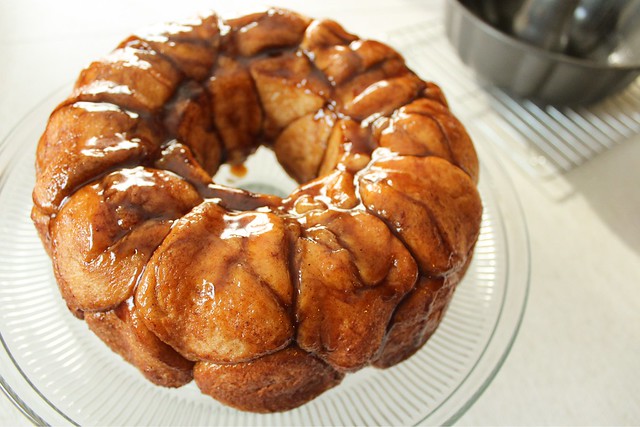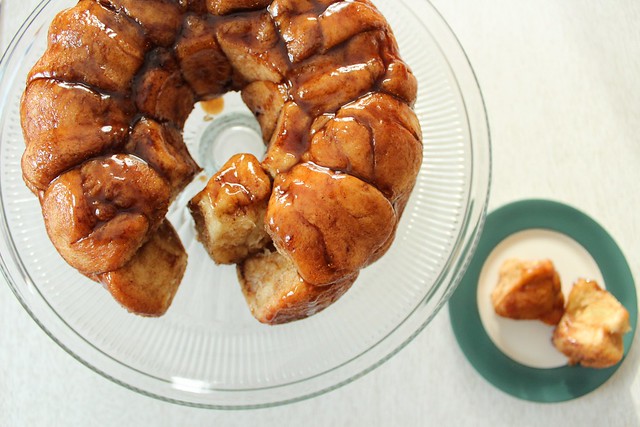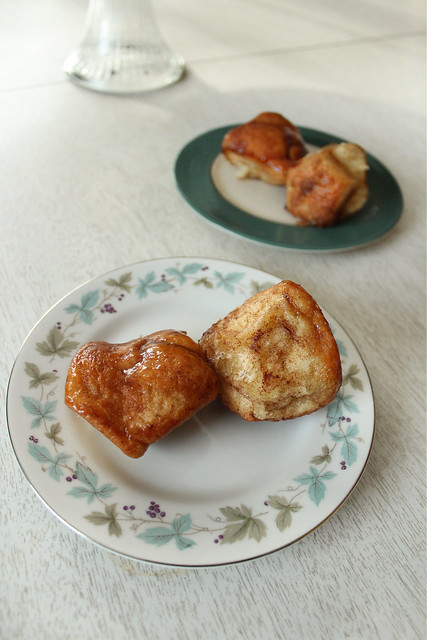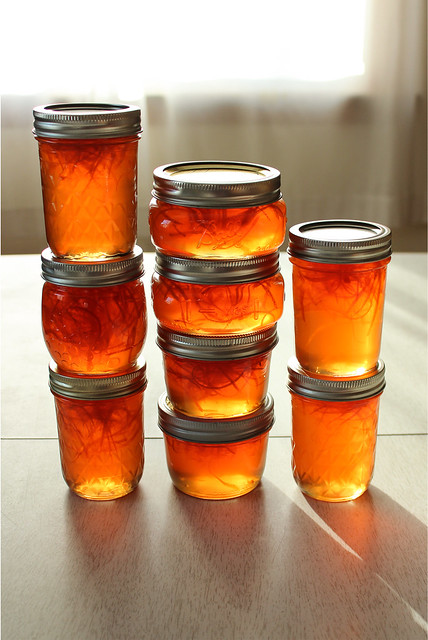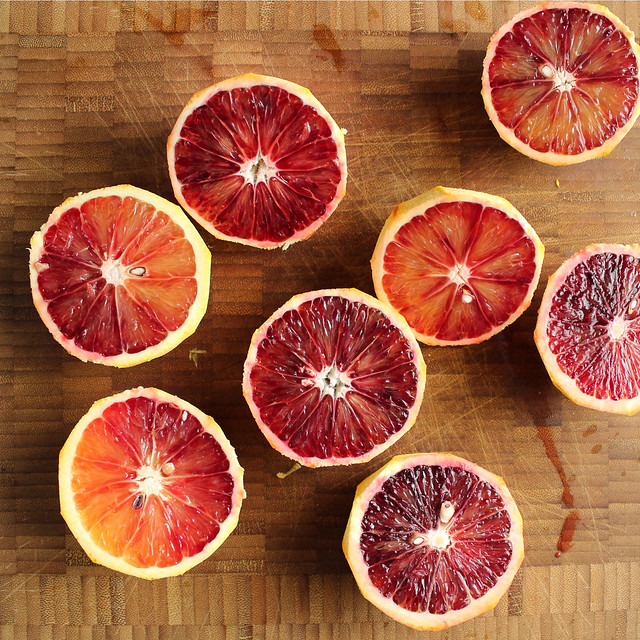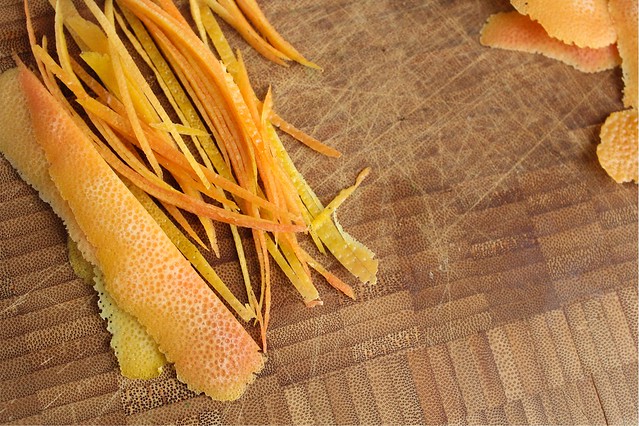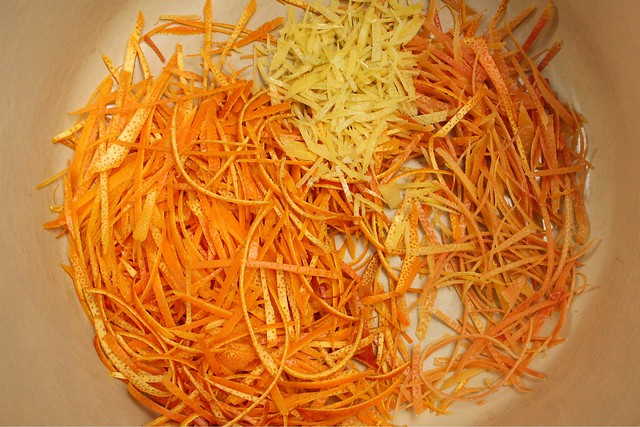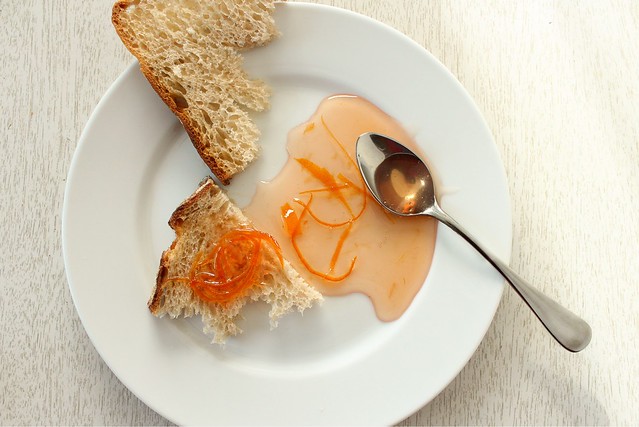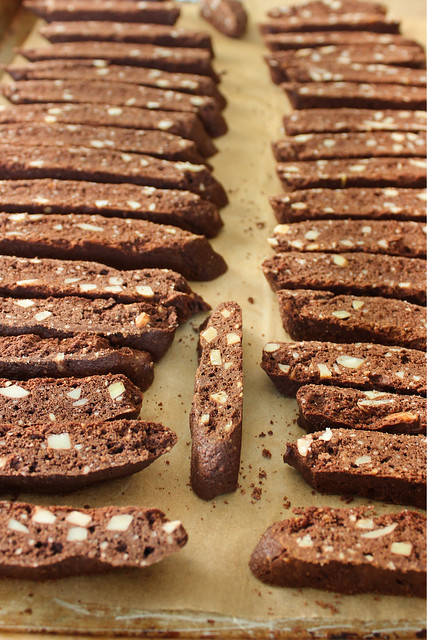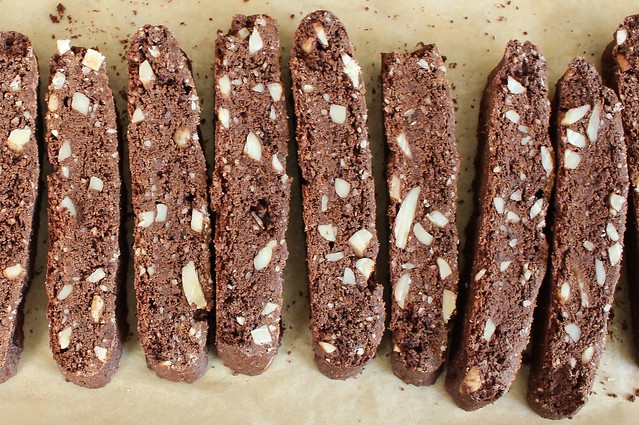I guess it all started when I wanted a tuna sandwich for lunch one day last week. I love tuna sandwiches, but I hate hate hate the conundrum of purchasing mayonnaise. I like lacto-fermenting my own, but haven't done that so much since I made the commitment to higher quality olive oils. I don't have any "neutral flavored oils" in my kitchen arsenal at all anymore; if it can't be made with butter, olive oil, coconut oil or bacon grease, I probably will opt out. But that tuna sandwich was nagging me, and I recalled this recipe for super quick mayonnaise made with a whole egg and an immersion blender. Armed with a new bottle of olive oil, I figured I'd give it a go. I didn't have any purchased mayo on hand, so it was my only option if that tuna sandwich was going to become a reality for me...
To the basic mayo recipe, I added a spoonful of dijon mustard and extra lemon juice; the recipe did work (although the texture wasn't quite as lovely as the yolks-only, lovingly hand whisked versions). My only complaint was that the quality extra virgin olive oil I used made the mayo seem a bit too rich and mineral-y. It was edible, but I didn't want to go through the trouble of lacto-fermenting it, and I didn't have a good excuse to go all out on a mayo binge to use up the cup or so I had leftover. I also didn't think I could pass it off on the rest of the family - I have one kid who can't even eat condiments yet, another who won't eat them out of choice, and finally a husband who is a harder sell than I am.
Fortunately I remembered about salad dressing cake. Salad dressing cake could very well be the first cake I ever made myself, mixing the simple, pantry-staple ingredients with a whole cup of mayonnaise, Miracle Whip actually, which was what we called mayo at my house growing up. It was proof that miracles do indeed exist. How on earth could you make a chocolate cake with a cup of sickly sweet and thick Miracle Whip that left no trace on the tongue of mayo? How could you make a cake that was so perfectly full of moisture, a good keeper at room temperature or in the fridge, and barely messed up the kitchen? It's magic. And I'm glad I remembered it now.
You can frost this cake however you see fit, but I can't properly enjoy an everyday chocolate cake at my house without a simple butter infused, powdered sugar based buttercream spiked with almond extract. I don't ever measure, I just try not to make too much, and if I do, I store the leftover in a glass jar until I need to make another cake - which will then usually happen sooner than later because I have extra frosting. It's a vicious cycle.
I also encourage you to make immersion blender mayo with 100% olive oil for this recipe. You get a nuance of olive in the background for those that are interested in tasting it, yet it's subtle enough that the rest of your family won't go noticing it. They'll just think you made the best chocolate cake ever.
I also encourage you to make immersion blender mayo with 100% olive oil for this recipe. You get a nuance of olive in the background for those that are interested in tasting it, yet it's subtle enough that the rest of your family won't go noticing it. They'll just think you made the best chocolate cake ever.
Salad Dressing Cake
makes 1 8x8 inch cake
makes 1 8x8 inch cake
- 1 c. mayonnaise (homemade with extra virgin olive oil if possible)
- 1 c. cold water
- 1 t. vanilla extract
- 1 t. instant espresso powder, optional
- 2 c. ap flour
- 1 c. granulated sugar
- 1/2 c. cocoa powder
- 1/4 t. kosher salt
- 2 t. baking soda
In a 4 cup measure (or medium sized bowl), combine the mayo, cold water, vanilla, and espresso powder if using and stir well to combine. (I still had a dirty immersion blender from making the mayo, so I used it to blend the wet ingredients.)
In a large mixing bowl, sift or mix well the dry ingredients. Pour the wet ingredients over the dry and stir until just mixed thoroughly and no dry spots remain. Use a spatula to ease it into the prepared baking dish, and smooth the top out towards the corners to counteract some of the doming action in the center as the cake bakes. Bake in the preheated oven for 35-45 minutes, until a tester comes out clean. Cool completely before frosting.



